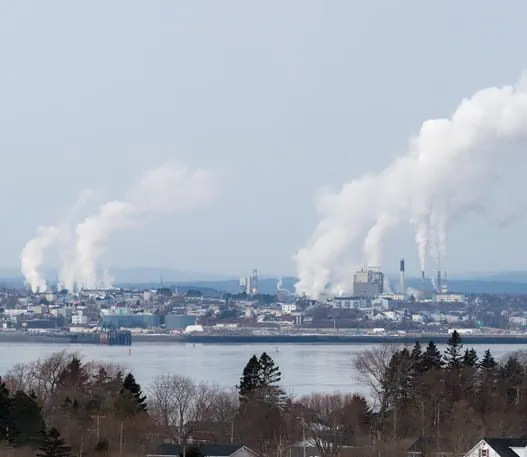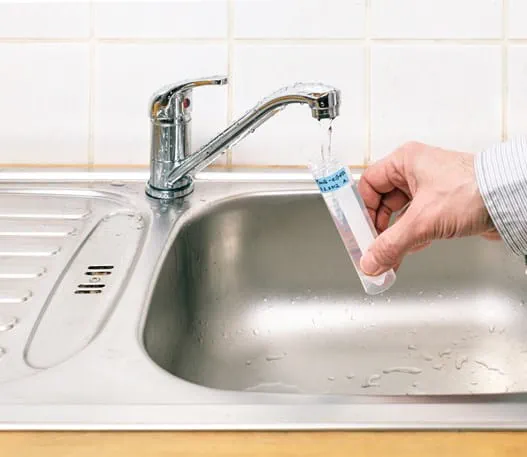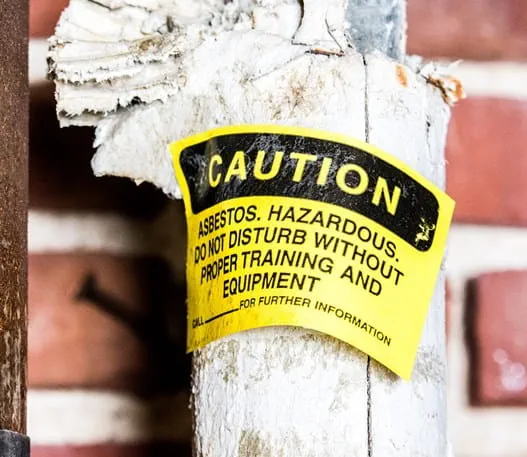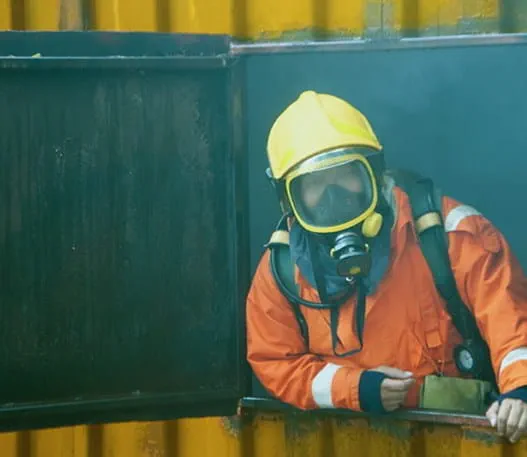Know your environment
Many Canadians are worried about whether anything around them at home and work causes cancer. Any substance that is known to cause cancer is called a carcinogen.
The Canadian Cancer Society shares your concerns. We believe that you shouldn’t be exposed to carcinogens at work, at home or in the environment. But we need a lot more research to help us understand what is and what isn’t linked to cancer.
We believe carcinogens should be replaced with safer options. If it isn’t possible to get rid of a carcinogen or find something safer, reduce the time you spend around it as much as possible.
In this section, you’ll find lots of information about some carcinogens in the environment that may be harmful – and learn how to protect yourself or use them safely

Learn about carcinogens in your environment

Air pollution

Arsenic

Asbestos

Formaldehyde

Medical radiation
Some medical imaging tests and some types of cancer treatment use ionizing radiation. Often the benefits of exposure outweigh the risks.

Radon

Other
Researchers are continuously studying to determine if other substances increase cancer risk.
